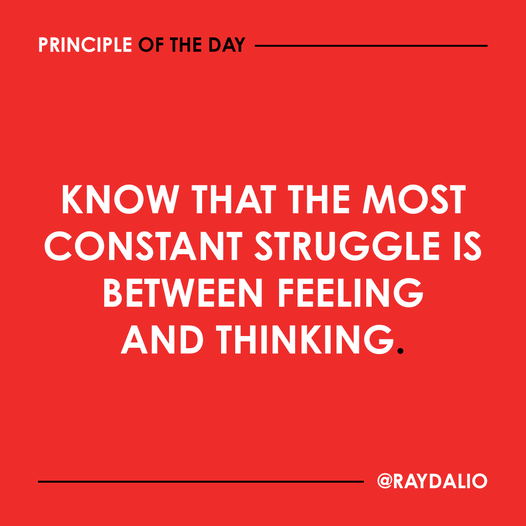There are no greater battles than those between our feelings (most importantly controlled by our amygdala, which operates subconsciously) and our rational thinking (most importantly controlled by our prefrontal cortex, which operates consciously). If you understand how those battles occur you will understand why it is so important to reconcile what you get from your subconscious with what you get from your conscious mind.
That damned amygdala, which is a little almond-shaped structure that lies deeply embedded in the cerebrum, is one of the most powerful parts of your brain. It controls your behavior, even though you’re not conscious of it. How does it work? When something upsets us—and that something could be a sound, a sight, or just a gut feeling—the amygdala sends notice to our bodies to prepare to fight or flee: the heartbeat speeds up, the blood pressure rises, and breathing quickens. During an argument, you’ll often notice a physical response similar to how you react to fear (for instance, rapid heartbeats and tensing muscles). Recognizing that, your conscious mind (which resides in the prefrontal cortex) can refuse to obey its instructions. Typically, these amygdala hijackings come on fast and dissipate quickly, except in rare cases, such as when a person develops post-traumatic stress disorder from a particularly horrible event or series of events. Knowing how these hijackings work, you know that if you allow yourself to react spontaneously, you will be prone to overreact. You can also comfort yourself with the knowledge that whatever psychological pain you are experiencing will go away before very long.
